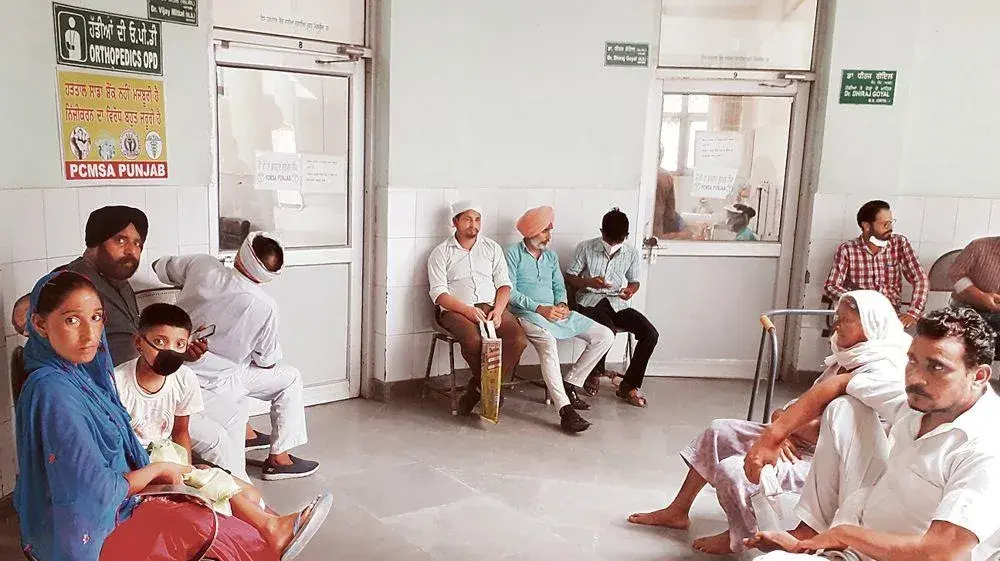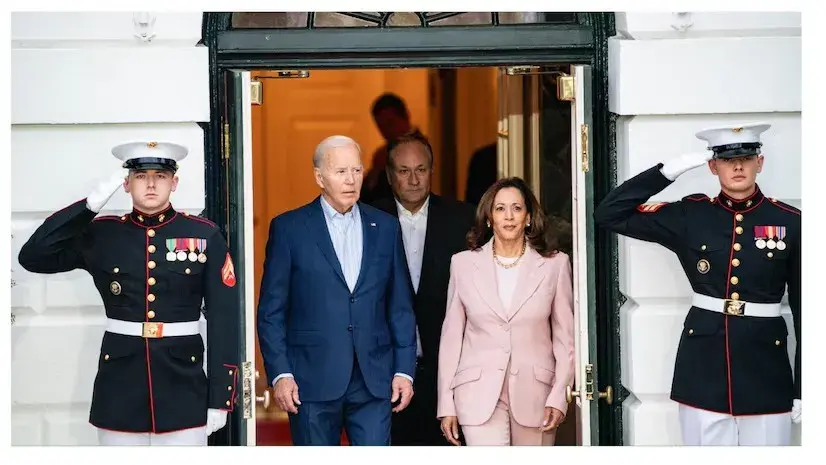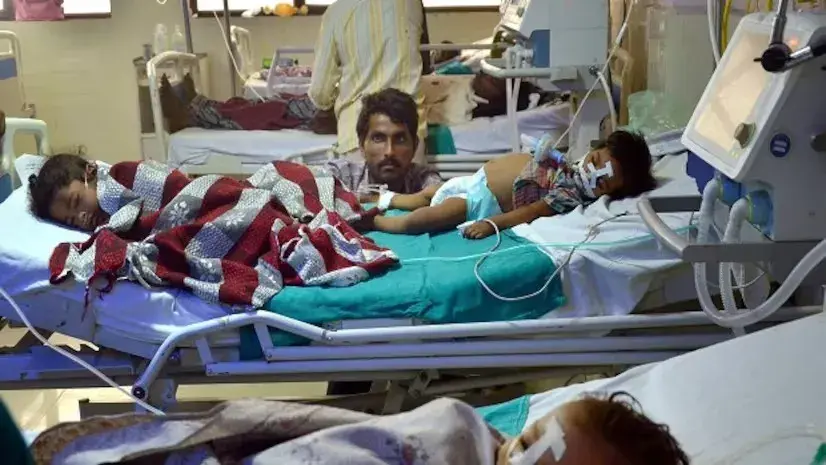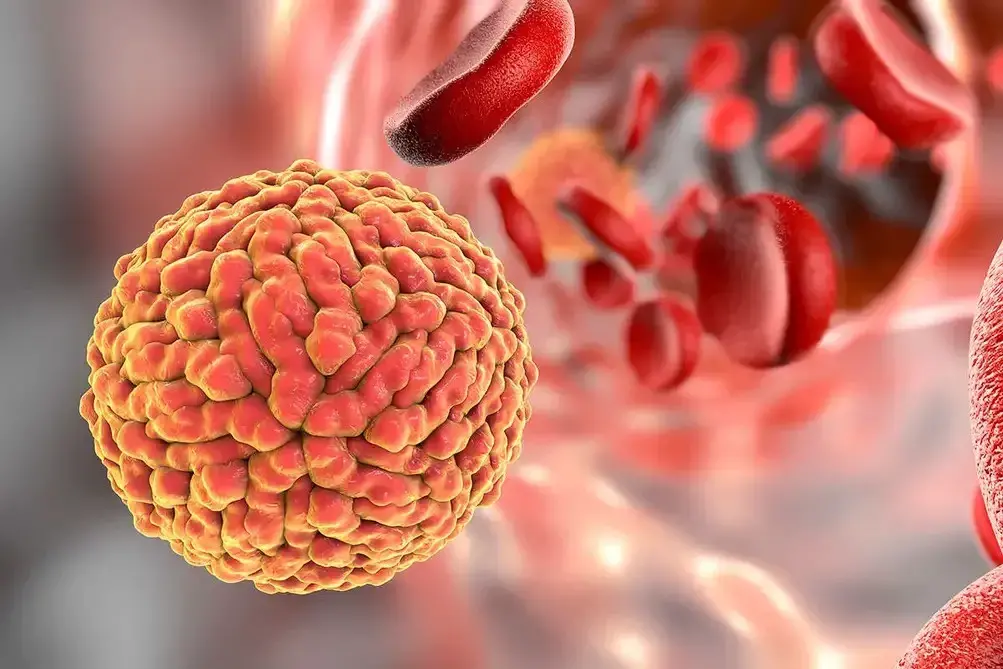Government Allocates ₹15.27 Lakh Crore for Major Sectors in Union Budget 2024
Finance Minister Nirmala Sitharaman presented her seventh Union Budget yesterday , allocating ₹15.27 lakh crore for major sectors such as defense, rural development, social welfare, and commerce. This budget marks the first of Prime Minister Narendra Modi’s third term. Key Allocations and Expenditures Defense Allocation: ₹4.54 lakh crore, a significant decrease from ₹6.21 lakh crore in the interim budget. Capital Outlay: ₹1.62 lakh crore for military capital expenditures, including weapons, ammunition, aircraft, and warships. Rural Development Allocation: ₹2.66 lakh crore. MGNREGA Funding: Increased from ₹60,000 crore in FY24 to ₹86,000 crore in FY25. Agriculture and Allied Activities Allocation: ₹1.52 lakh crore. Focus: Sustainable practices, digital infrastructure, and increased production. Home Affairs Allocation: ₹1.51 lakh crore. Specific Allocations: ₹42,277 crore for Jammu and Kashmir. ₹5,985 crore for Andaman and Nicobar. ₹5,862 crore for Chandigarh. ₹5,958 crore for Ladakh. Education Allocation: ₹1.26 lakh crore. Additional Allocation: ₹1.48 lakh crore for schooling, employment, and skilling. IT and Telecom Department of Telecommunications: ₹1.16 lakh crore. Ministry of Electronics and Information Technology: ₹22,000 crore. Health Allocation: ₹89,287 crore. Pharmaceutical Industry: ₹2,143 crore. Notable Announcement: Exemption of three more cancer medications from customs duties. Energy Allocation: ₹68,679 crore. New and Renewable Energy: ₹19,100 crore. Solar Power (Grid): ₹8,500 crore. Government Revenue and Expenditures Revenue Sources: Borrowings and other liabilities: 27%. Income tax revenue: 19%. GST and other taxes: 18%. Corporation taxes: 17%. Expenditures: States’ share of taxes and duties: 21%. Interest payments: 19%. Central sector schemes: 16%. Subsidies, pensions, and other payments: 19%. Additional Highlights Custom Duty Reductions: Three cancer drugs and two components for manufacturing X-ray machines. Tax Regime Tweaks: Raised standard deduction from ₹50,000 to ₹75,000, saving salaried employees up to ₹17,500. First-Time Professionals: One month’s salary as Provident Fund contribution for first job holders, benefiting 210 lakh youngsters. Capital Gains Exemption: Limit raised to ₹1.25 lakh per year. Angel Tax Reduction: For all investor classes. This budget reflects the government’s priorities across various sectors, balancing between infrastructure development, social welfare, and fiscal prudence.










